 Washington Trails
Association
Washington Trails
Association
Trails for everyone, forever
We envision a future where there are Trails for Everyone, Forever and our new strategic plan outlines how we’re going to achieve this vision. By Allie Tripp
When you head out hiking, a map is a critical part of a safe and enjoyable experience. That’s true for a single hike — and it’s true when planning for the future of trails all across the state. At WTA, we want to be prepared and that’s why we’ve mapped out a plan to build a better future for hikers and trails in Washington.
Our map is our new strategic plan. Think of it like a National Geographic map: it gives a sense of the greater landscape and how far we have to go. It shows the big picture, and it gives us plenty of room to dream big. We’ve used this view to see how our strengths of on-the-ground expertise, powerful partnerships and an engaged community of hikers can be brought together to create the change we need.
For the next 5 years, this plan, and our values of stewardship and equity, will guide our work, and we’re so excited for you to come along on the journey with us.
Our plan reaches from your backyard to the backcountry. To help us, we’ve leaned into the four campaigns that guide our work. These campaigns offer a more detailed map to help keep us on track as we head toward our goals.
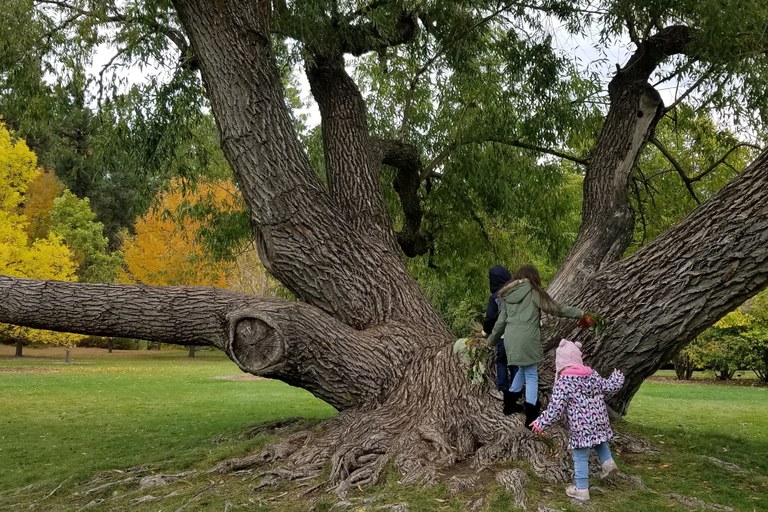
Because nature should always be in reach
If you’re like many folks, you probably were reminded during the pandemic that walking close to your home is a great way to enjoy nature quickly and easily. We’ve long known that hiking is good for our brains and our bodies, and science is increasingly backing that up. That’s at the heart of our work for our Trail Next Door campaign. We want everyone to have easy access to the benefits of being outdoors.
We already knew that there is unequal access to green space in urban areas, and the pandemic only further highlighted those inequities. We are determined to help fix that problem.
We want anyone to be able to step out their front door, and within a short walk, be on a trail where you can see greenery, hear birds and take a deep breath. We want you to be able to use a trail as part of your commute to work. We want you to have a place nearby where you can get your kids outside and let them run and explore.
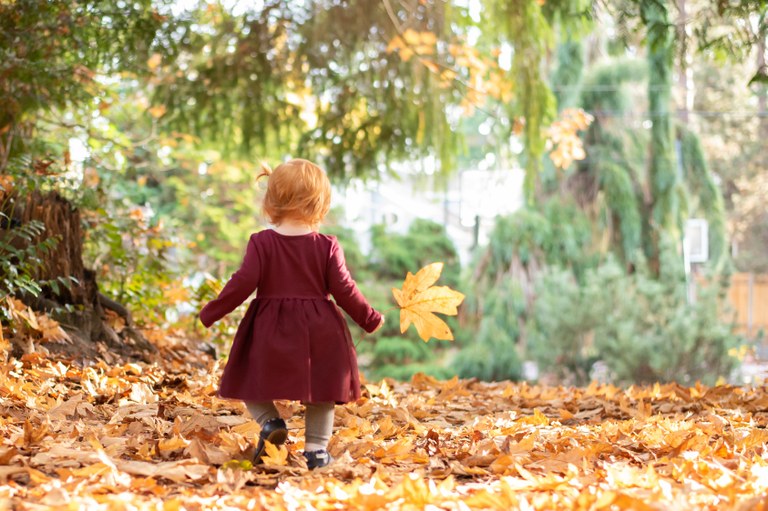
Photo by Thomas Bergeron.
We’ve already started a lot of this work — including adding more than 100 urban hikes to our Hiking Guide in the last year and a half. (If you haven’t looked recently, check out our Hike Finder Map — you might find a new trail you never knew was nearby.)
In October, volunteers broke ground on a brand-new urban trail in the Glendale neighborhood of King County. This neighborhood previously had no nearby access to public green space. This project is just the beginning for our Trail Next Door work to create five new green spaces by 2025. We will also be improving 100+ trails that provide easy access to urban nature for communities that need it most.
Everyone needs access to nature. But not everyone has it. Together, we can change that.
Supporting popular trails at every turn
Beyond our close-in urban trails, Washington offers many iconic hikes that can be completed in a day or less. You may have hiked many of them. And, while you were hiking, you might have noticed that those popular trails need help to support all the hikers who want to visit them. Our Trails Rebooted campaign is focused on providing that help to ensure our popular and iconic trails will last for generations. It also means creating and repairing other close-in trails to give hikers even more options.
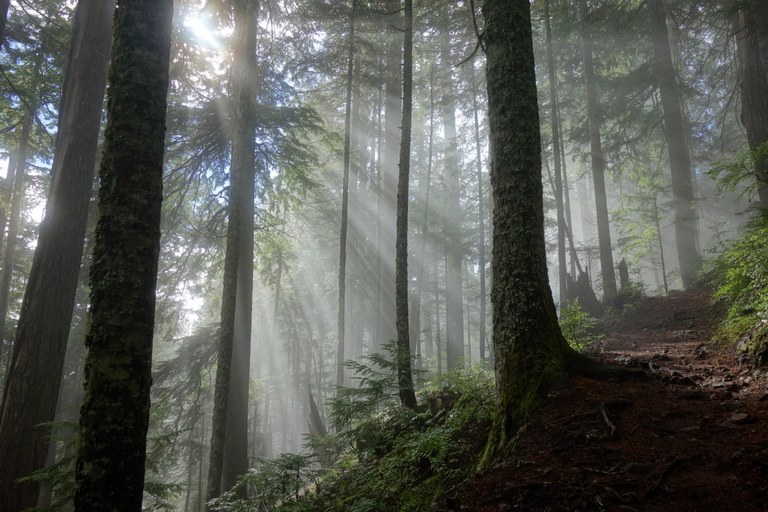
If you’ve hiked Snow Lake recently, near Snoqualmie Pass, you likely noticed some stunning new steps. Snow Lake is a deservedly popular hike, but so many feet had really eroded the trail. Thanks to a lot of work from our crews, you now have a safer, easier way up the trail. And, bonus, the stairs will protect the trail and surrounding landscape, too.
If you live near Spokane, you probably know that your area is growing quickly. And natural beauty is what draws many folks to the area. We know that, and so we’re developing trail connections (like a new one between Mica Peak and Liberty Lake) to give you options to spread out, move your body and enjoy the fresh air.
In the Teanaway Community Forest, we’re helping to plan a new trail system. If you live nearby, you will be able to walk from town all the way to the backcountry. If you live in the Seattle area, with an hour-and-a-half drive, you could be exploring a whole new set of trails.
By 2025, we will have improved 100 iconic trails — and their nearby alternatives — and expanded five trail networks that are near where people live. Plus, we’re helping hikers reduce their impact on the trails they visit by sharing Trails Smarts tips to ensure we are all treading lightly as we enjoy these special places.
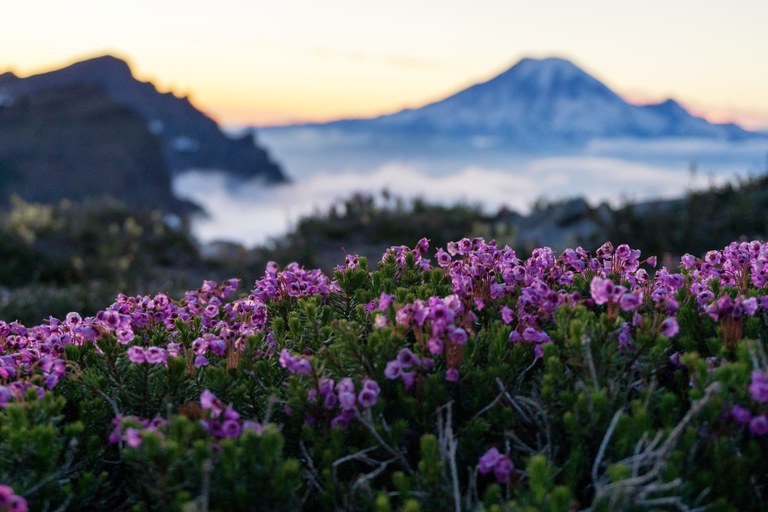
Wildflowers in the Goat Rocks Wilderness. Photo by Michael White.
Putting backcountry trails back on the map
This summer, our pro crew was out working when they literally lost the trail. It just kind of … vanished into the vegetation. And that’s happening to backcountry trails all across the state. If you like to get out on remote trails, you’ve likely seen it yourself. Years of limited funding combined with bad storms and drier, fire-prone summers mean our most remote trails can be, let’s just say, rough.
We know the joy of hiking deep into our forest to enjoy the peace of the natural world and marvel at wildlife. But we need trails to make those experiences possible. With our Lost Trails Found campaign, we are keeping these wild and far-out experiences accessible and “on the map,” so-to-speak.
We’ve already had some big successes. If you like the Goat Rocks area, you can now hike Angry Mountain again. Saving that trail took years of work and the dedication of many volunteers. In the Pasayten, you can find a spectacular backcountry experience more easily, thanks to years of work we’ve done to restore the trails there. And we’re continuing that work to save trails all across the state. We are already well on our way to our goal of preserving 100 trails in Washington's remote landscapes by 2025.
Building communities and deepening connections to nature
How do you feel when you hit the trail? We hope you feel safe, welcome and excited to be outside. But that’s not the reality for everyone — trails aren’t equally accessible or welcoming. We want to build a hiking community where everyone feels at home on trail — and that’s why our Trails for Everyone campaign is so important.
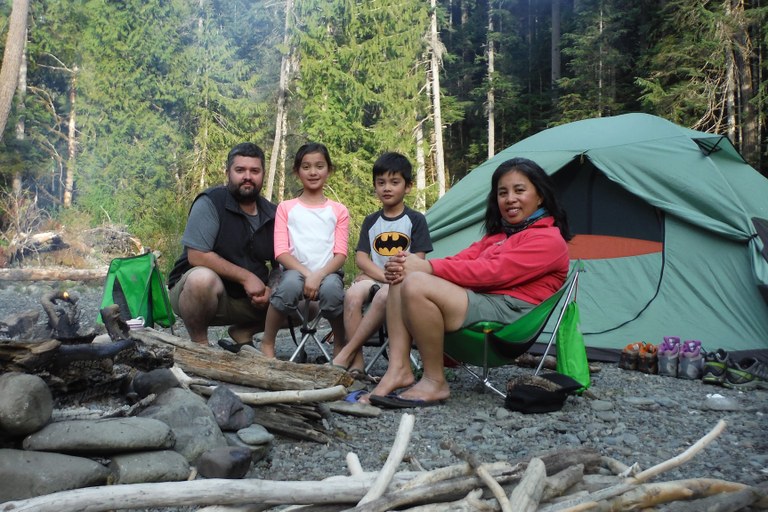
You probably go outside because you love it, and because it feels good. We want anyone to be able to access those same benefits. Plus, more people enjoying the outdoors mean more advocates. We believe that people protect the places they love — from local parks to remote wilderness — and actively welcoming more people into the community will be a powerful force for change.
WTA is tackling this in many ways. We are working to ensure the outdoor culture at WTA volunteer events is safe and welcoming by training all our crew leaders, staff and volunteers how to reduce their own bias, identify issues on trail and to intervene when needed to create a positive culture that is welcoming and focused on the physical and emotional safety of all our volunteers.
For several years now, we’ve also been working to diversify the voices and faces represented in this magazine and on our online platforms. We’ve been investing deeply in our community-based partners and promoting their missions and work. Our Outdoor Leadership Training program provides gear and skill workshops to groups, who are then better able to lead their own community outdoor outings. Recently, we hosted our first wilderness first aid training for community partners. GirlTrek, InterIm CDA-WILD, Latino Outdoors, Outdoor Asian and Wasat joined us to expand their outdoor leadership and safety skills.
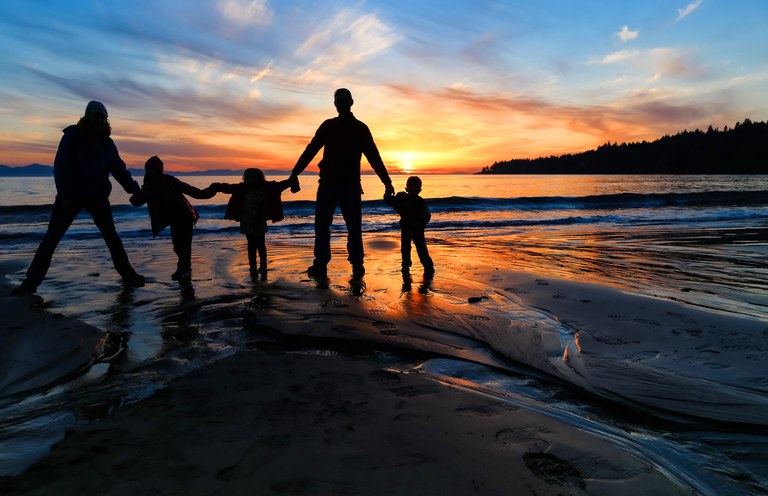
Watching the sunset along the Strait of Juan de Fuca. Photo by Brian Koning.
Whether you see yourself most enjoying an urban trail, day hiking not too far from home or trekking deep in a wilderness area, you can help create the trail system of the future. None of these trail systems can be improved without a large, diverse and empowered hiking community. Hikers are the solution to the problems trails and public spaces face. With that in mind, Trails for Everyone is the guide for all of our big goals. We need all of us to make Trails for Everyone, Forever a reality.